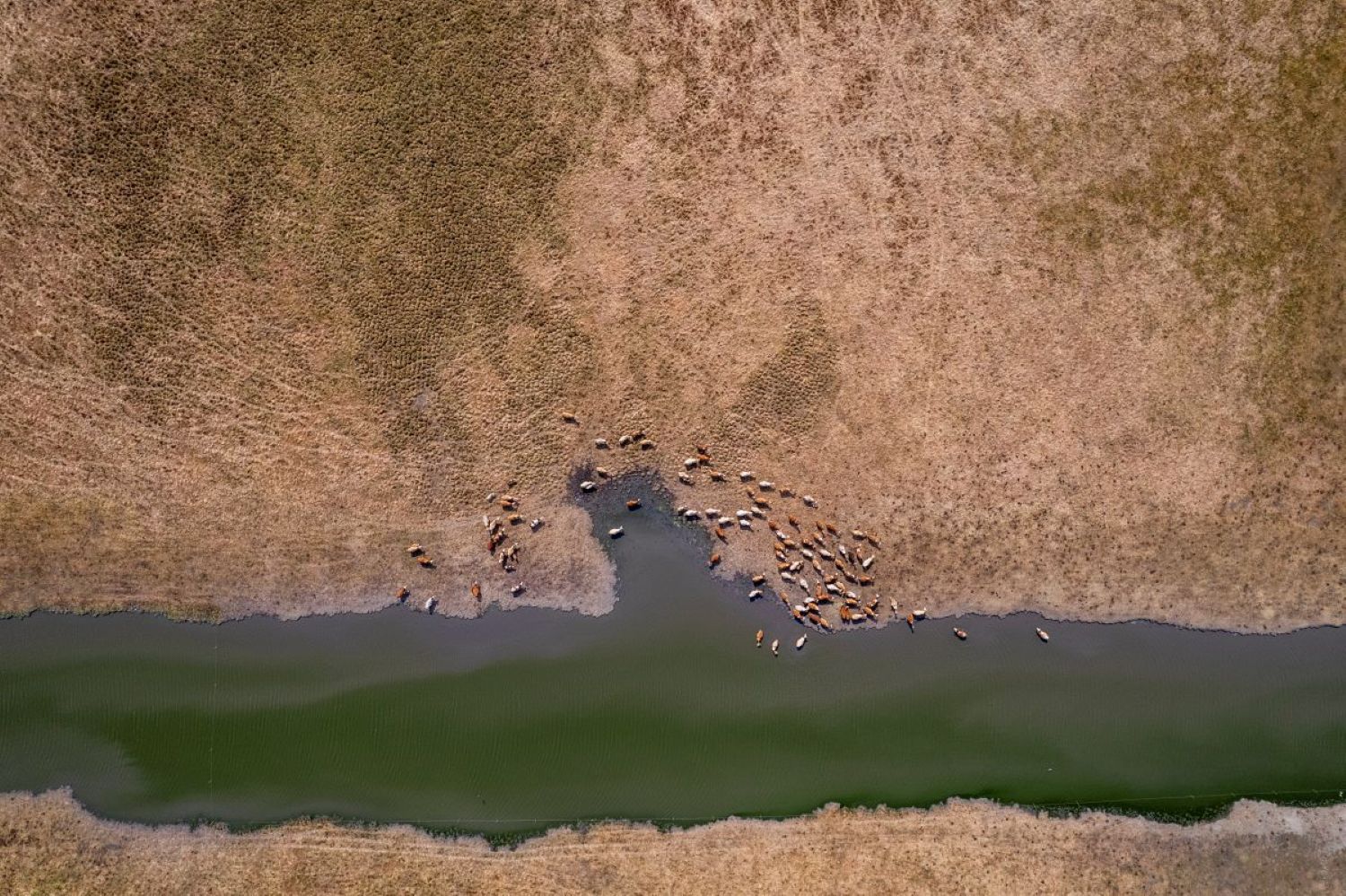
The annual mean temperature was 0.7 degrees Celsius higher than the year before.Continue reading

Hungary is facing extreme drought, with the 2022 disaster threatening the country once again. There has been no significant rainfall for weeks, the top layer of soil is almost completely dry, and weather forecasts do not predict any relief in the coming days, reads the website of meteorological service HungaroMet.
The drought is becoming increasingly severe, and no significant rainfall is expected in the next eight to ten days, reminiscent of the extreme dry period of 2022. Since May 21-23, there has been no significant rainfall in most of the country. The top 50 cm layer of soil is critically dry, with a rainfall deficit of 80-120 mm in the top one meter of soil. The agricultural drought affects almost the entire country.
At the beginning of last week, 20 mm of precipitation fell in some places, but only in a small area. The 30-day precipitation deficit is 20–60 mm, and the 90-day deficit is 30–90 mm. Soil moisture is only more favorable in Alpokalja (“feet of the Alps,” mountainous region in western Hungary).
Temperatures rose to around 30°C last week, then fell, but another warming trend has begun. Autumn crops ripened earlier due to the May–June drought, and barley harvesting has already begun in several places. Rapeseed is in the seed formation stage and wheat is in the milk-wax ripening stage. The development of corn and sunflowers has also slowed down due to the lack of precipitation, especially in the Great Plain.
By the end of May, the NDVI (Normalized Difference Vegetation Index- used in assessing changes in plant health) was already showing a decline in most regions, with only the Transdanubia region (west) remaining in positive territory.
According to graphs compiled for the Miskolc area (in northeastern Hungary), autumn crops developed under mixed conditions last fall. Due to the lack of winter rainfall, the deeper layers of the soil were not replenished. The rains in March improved the situation, but the lack of precipitation from April–June worsened it again.
The development of arable crops is uneven, with the drought intensifying rapidly since the end of May.
According to the graph on corn compiled in the Kecskemét area (Southern Great Plain), the soil dried out in early April after the March rains, and then rainfall varied greatly from region to region. There was hardly any rain in the Great Plain, where drought prevailed from the outset. There was some relief at the end of May, but by June the drought had worsened throughout the country. The total amount of precipitation since April has been significantly below optimal levels.
No change is expected in the next eight to ten days: weak cold fronts will bring only a few degrees of cooling, but no precipitation, and the summer heat will intensify, with peak temperatures above 30°C in many places.
Via MTI, Featured image: MTI/Czeglédi Zsolt